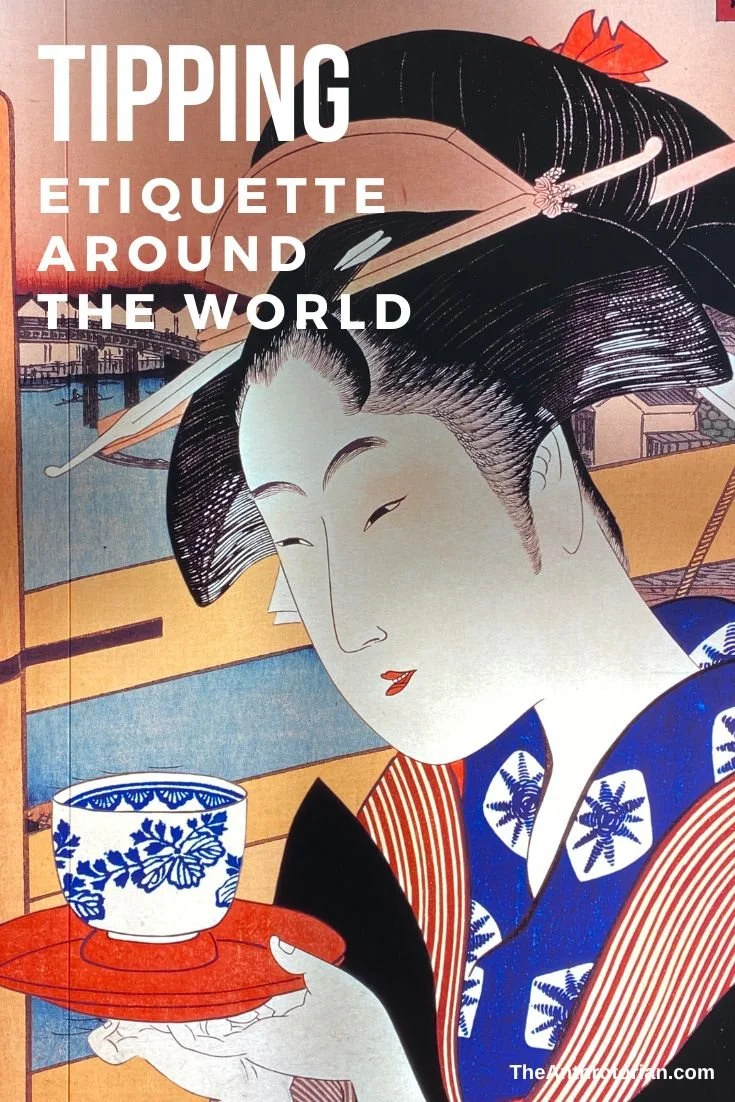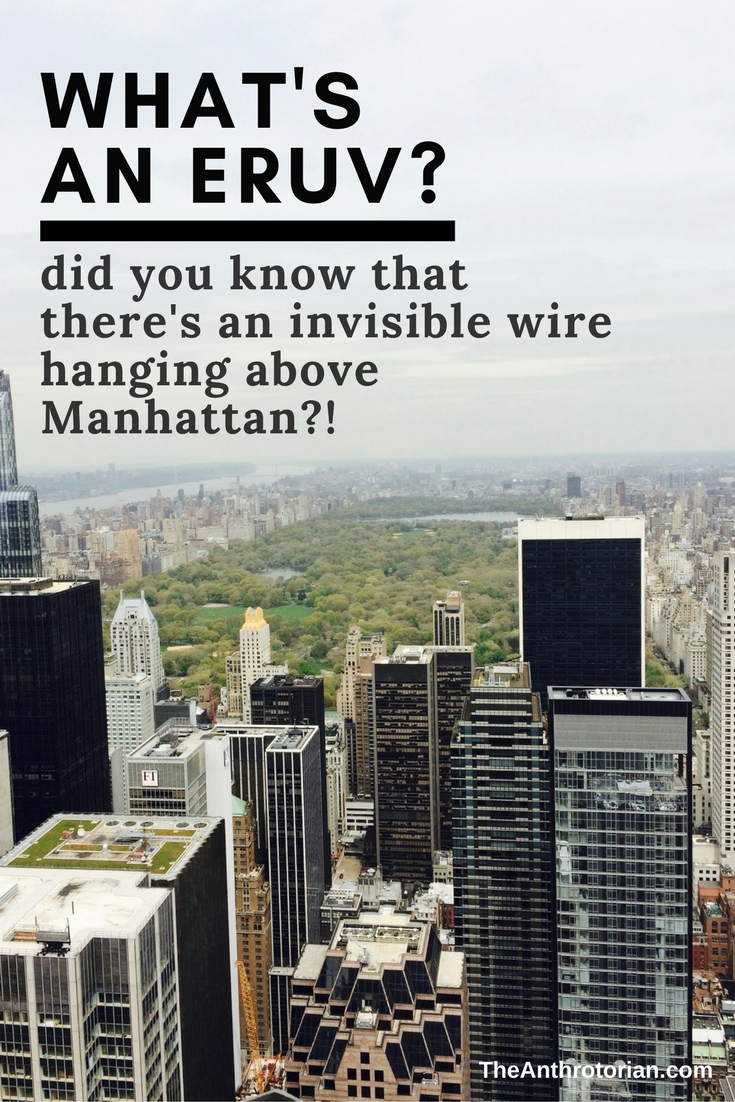The plates have been cleared, dessert is finished and the last sips of coffee have disappeared.
Your waiter or waitress has left your bill, face down on the table, for you to deal with whenever you are ready —but you aren’t ready.
You are not in your own country and you forgot to do your research which has left you with an etiquette challenge.
To tip, or not to tip?
Don't worry, I've got you covered. Here are some basic tipping guidelines for countries around the world.
Canada and the United States
If you are in Canada or the United States, you will be expected to leave a 15-20% tip.
Tips make up the majority of a server’s income in these two countries, so not tipping is literally taking money out of their pocket. Most servers make minimum wage at the most and, depending on what province or state you are in, this is not enough to live on.
Latin America and the Caribbean
Latin America and the Caribbean have similar tipping guidelines to Canada and the US, but only around 10% gratuity is expected.
Europe
Europe is a whole lot more complicated because each country has different rules and customs associated with tipping.
In most countries, a 5-15% gratuity will be added to your bill automatically and unless you think the service you received deserves more, it will usually suffice. If there is no gratuity added, it will be expected that you will leave the 5-15% on the table yourself.
The two exceptions I could find are Iceland and Amsterdam where tipping is not expected at all.
Russia
Tipping has just recently become more common in Russia. A 10% tip should be more than enough.
Asia
Asia is where you must be careful.
Leaving a tip of any kind can often be taken as an insult (especially in Korea and Japan). The majority of restaurants in Asian countries are small, family run business and leaving a tip is like telling them that you think they have a poor business and need a handout. The few establishments that do not take it as rude will be confused by the extra money and will probably try and give it back to you.
Restaurants located in touristy areas of Thailand and other countries in Southeast Asia will accept tips, but it is not necessary to leave anything if you don’t want to.
Australia and New Zealand
Tipping in Australia and New Zealand can be controversial because it is often looked at as an unwanted imported custom. It is becoming more common, however, so leaving 10% for great service should be fine.
South Africa
I don’t know much about the rest of Africa, but in South Africa, it is common to leave a 10-15% gratuity for your server.
How do you know for sure if you should tip or not?
The best way to avoid an awkward cultural moment during your culinary escapade?
Do some research ahead of time. In my experience, travel guides are the best places to look for specific, up-to-date, dining customs.
























